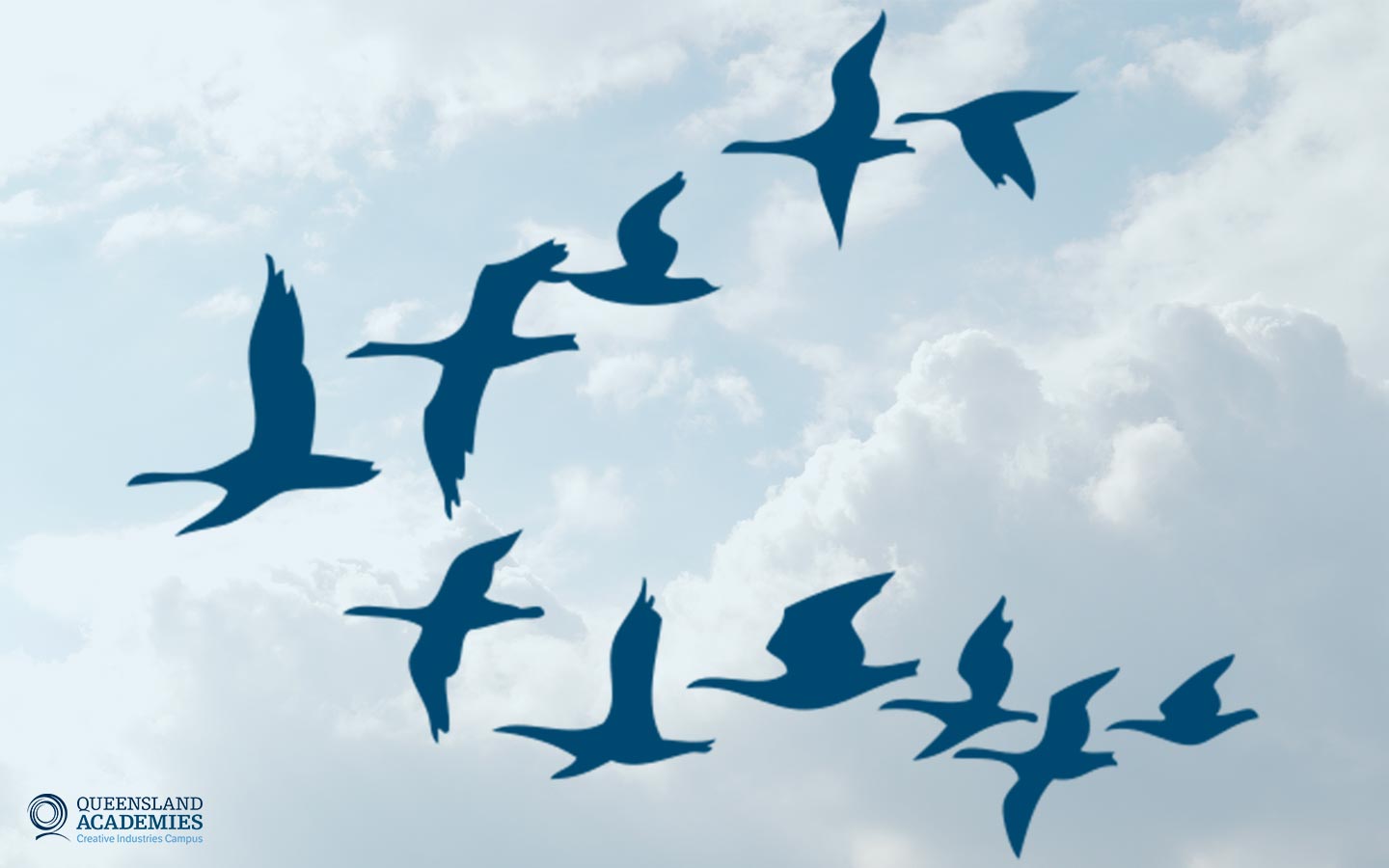
Have you ever noticed that when a flock of geese fly, it’s in a V-shaped formation? While beautiful to watch, science has also proven that the V-shape is a super-efficient way of travelling. In fact, the V-shaped formation is so efficient that geese can fly 71 percent further as a flock than a single bird can fly on its own. Makes you think, doesn’t it? The science is straightforward: as each bird flaps its wings, it creates an uplift for the bird immediately following it. Conversely, when a goose falls out of formation, it creates a drag. This is the resistance of trying to fly alone. This drag encourages the goose to quickly return to the V-formation and take advantage of the group’s lifting power.
Like geese, people who share a common direction and sense of community achieve much more together than they could ever achieve independently. That’s what we like to call the ‘The Sense of the Goose.’ This mindset has been part of our school’s culture since inception and is something of which we are very proud.
Another key element of the V-formation is that when the lead goose tires, it draws back to the wing, allowing another goose to lead. Even a lead goose needs a rest from time to time. From this, we learn that the lead goose is one of many roles in a successful V-formation. As geese are remarkably supportive birds, those at the back of the flock ‘honk’ to encourage those up front to keep up their speed – to keep going. And when a goose is wounded and falls out of formation, two other geese will follow the vulnerable goose and offer it help and protection until it is able to re-join the flock.
No wonder students here have been inspired to follow in the footsteps of the ‘geese’ before them. At QACI, we fly in V-formation, supporting our peers when they need it. We acknowledge that there are times to be a leader and times when we can lift and support others. So long as we’re all headed in the same direction, we will get to our destination more quickly when we fly together - as a flock - in V-formation.
Adapted from Dr Robert McNeish